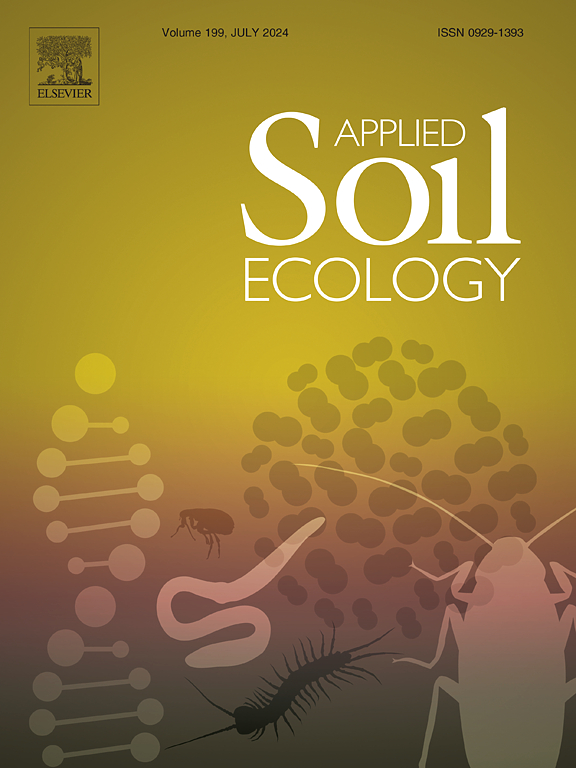Potentially toxic elements in different inorganic and organic fertilizers: A comprehensive review on global perspective and fertilizer-wise differences
IF 4.8
2区 农林科学
Q1 SOIL SCIENCE
引用次数: 0
Abstract
Although fertilizer use greatly enhances the crop productivity, applying it excessively can lead to serious concern of agricultural soil contamination and global food safety. Despite this widespread concern, there is a lack of comprehensive studies evaluating fertilizer-wise differences in accumulating potentially toxic elements (PTEs) on a global perspective. This study addresses this gap by compiling 74 research articles from different countries that were retrieved from the Scopus, ScienceDirect, PubMed and Google Scholar database. The compiled data was first divided into inorganic and organic origins and then into the 14 fertilizer types; 6 inorganic and 8 organic group of fertilizers. The result showed that the average PTEs concentration is widely varied between and within the group of fertilizers. Among the major inorganic fertilizers, "P" (phosphorus) group- exhibited the highest and 2nd highest median concentrations (mg kg-1) of most of the PTEs (in decreasing order of Al (7906) > Fe (2644) > Cr (127) > U (111) > V (103) > Zn (94) > Mn (68) > Ni (23) > Cu (15) > As (10) > Cd (7) > Co (6.6) > Mo (6.2) > Se (3), followed by "M" (mixed), "K" (potassium) and "N" (nitrogen) groups . Phosphate rocks ("PR"), which used as a raw material in making P-based fertilizers, also contain higher levels of most of the PTEs, similar with "P". Comparing to the European Union (EU) Regulation 2019/1009 related to inorganic fertilizers, higher % of data points of "P" (up to 25 %), "M" (up to 13 %) and "PR" (up to 22 %) groups exceeded the legal limits of As (40 mg kg−1), Pb (120 mg kg−1), and Ni (50 mg kg−1), while "N" and "K" groups were mostly remained below the legal limits. Among the organic categories, CSS (i.e., compost includes municipal solid waste and sewage sludge as raw materials) displayed significantly higher median values (mg kg-1) of the PTEs, including Zn (514), Cu (181), Pb (127), Cr (93), Ni (56), As (11) and Cd (3) than others. When compared to the EU Regulation 2019/1009 for organic fertilizers, CSS showed a significantly higher % of data points (up to 61%) that surpassed the limits of As, Pb, Hg, Ni and Cd; MPG (pig manure) and MCH (chicken/poultry manure) were next (up to 28.5% and 21.8%, respectively), while others mostly remained within the limits. This reflects a drastic difference of PTEs accumulation between the type of fertilizers, emphasizing the necessity to continue research on toxic elements quantification in fertilizers and the raw materials used in them. The results of this study can be served as a baseline level of PTE levels in different fertilizer types for developing more sustainable fertilization practices to safeguard agricultural soils and human health. However, this data should be used with cautions due to certain limitations, especially variability in sample sizes and number of elements across different fertilizer types with small amount of valid data in some regions.
求助全文
约1分钟内获得全文
求助全文
来源期刊

Applied Soil Ecology
农林科学-土壤科学
CiteScore
9.70
自引率
4.20%
发文量
363
审稿时长
5.3 months
期刊介绍:
Applied Soil Ecology addresses the role of soil organisms and their interactions in relation to: sustainability and productivity, nutrient cycling and other soil processes, the maintenance of soil functions, the impact of human activities on soil ecosystems and bio(techno)logical control of soil-inhabiting pests, diseases and weeds.
 求助内容:
求助内容: 应助结果提醒方式:
应助结果提醒方式:


